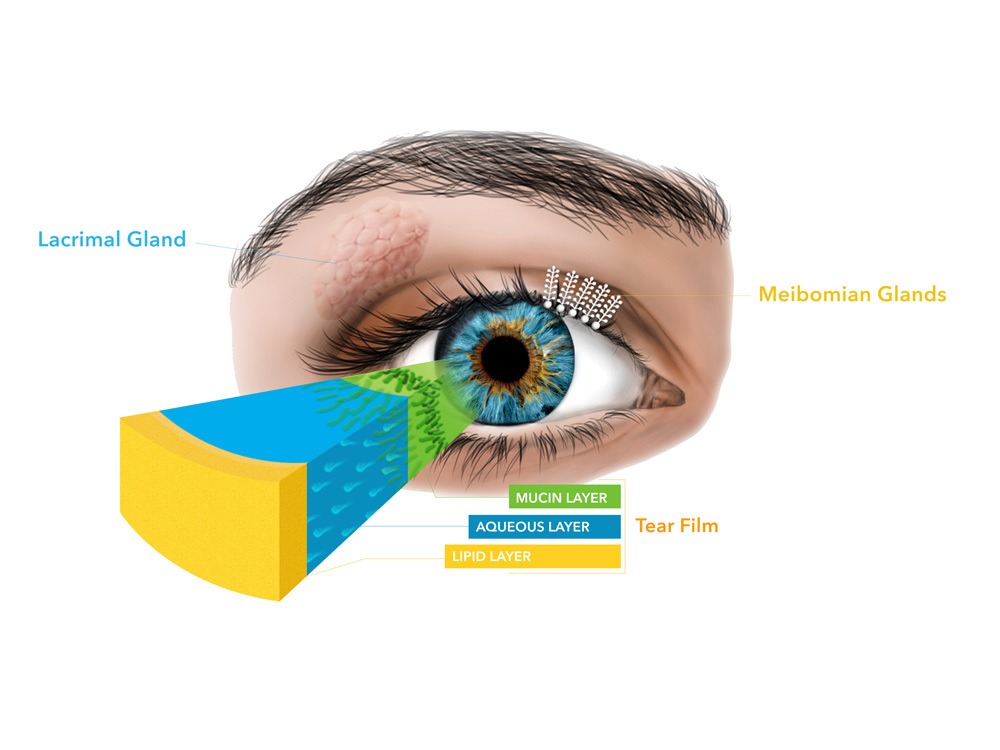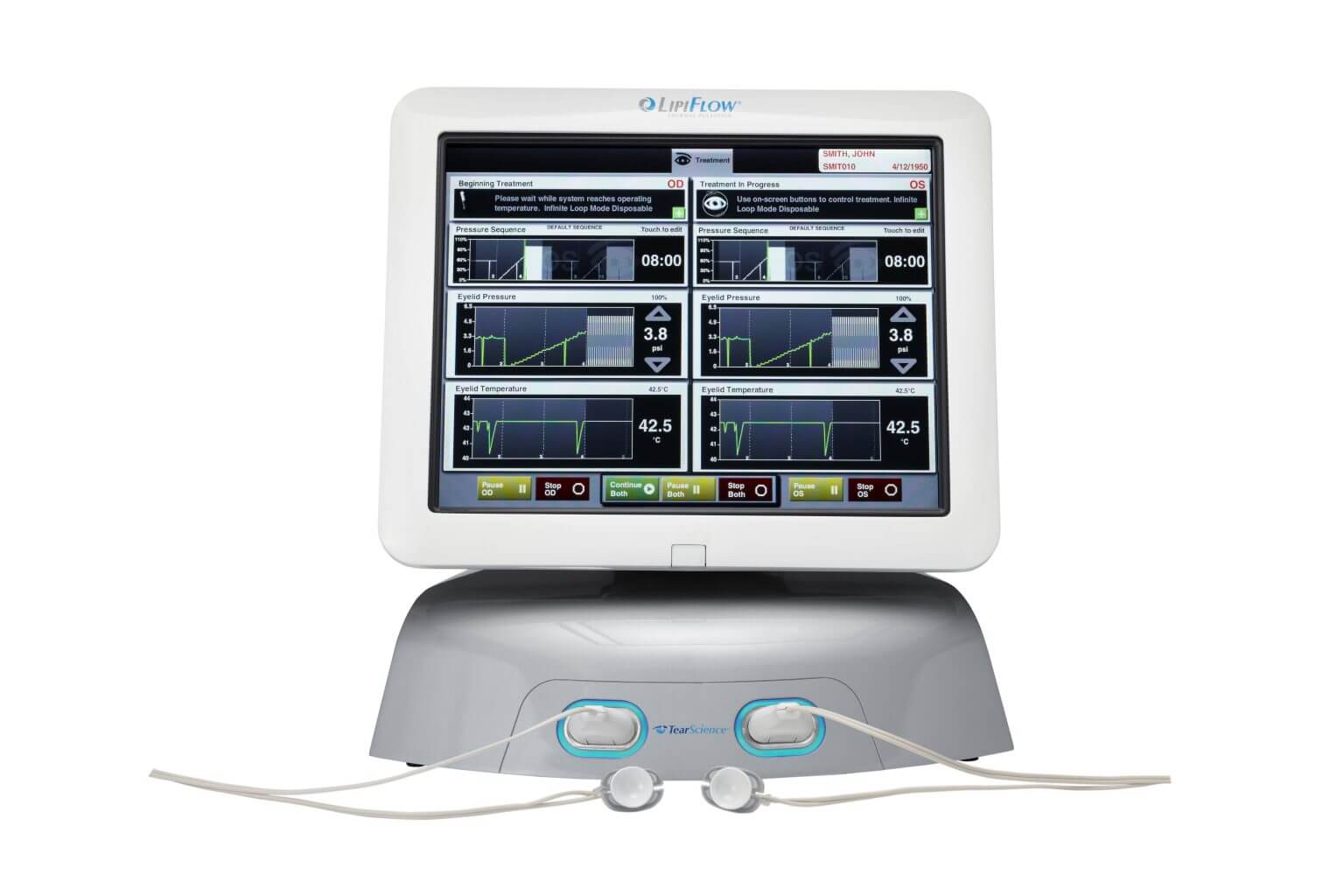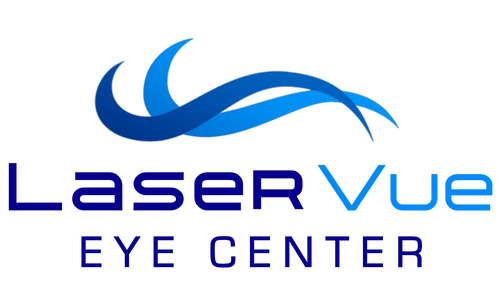What Is LipiFlow?
Best-In-Class Treatment for Dry Eye Syndrome
Specifically Designed to Remove Blockages from Meibomian Glands and improve Dry Eyes
For patients with mild, moderate, or severe dry eyes who are without relief, The LipiFlow Dry Eye Treatment is available at LaserVue Eye Center. Up until now, dry eye syndrome has typically been treated with prescription eye drops or artificial tears, warm compresses, punctal plugs, meibomian gland expression, dietary supplements, dry eye treatments span the spectrum. LipiFlow represents an effective, safe, and drug-free approach to finding relief from dry eye.
LipiFlow Thermal Pulsation System burst on the dry eye scene just a few short years ago and has quickly taken center stage in the treatment of the most common forms of dry eye. The eye specialists at LaserVue Eye Center heartily recommend LipiFlow for many patients who are dealing with dry eye. Why? Because for so many patients, it works where other treatments have failed.
The new LipiFlow treatment is designed to treat the root cause of many Dry Eye symptoms: Meibomian Gland Dysfunction (MGD). MGD causes blockages in the meibomian glands which prevents them from secreting enough oil, this oil is what prevents the surface of your eye from drying out.
LipiFlow works by implementing the precise application of heat and massage to both the outer and inner eyelids. This application has proved to be an extremely effective process for clearing blockages found in the Meibomian glands. Best of all, the LipiFlow treatment can be performed during a single office visit in as little as 12 minutes.
Treating the leading cause of Dry Eye: MGD (Meibomian Gland Dysfunction)
For many suffering from Dry Eye, the underlying cause of eye discomfort is not due to a tear deficiency but instead, a larger problem found within the glands of the eyelids. Meibomian glands are tiny glands found in our eyelids and they are responsible for the production of the protective oily (lipid) layer of the eye’s tear film that both defends the eye from disease and prevents tear evaporation while your eyes are open. The tear film consists of three layers on the surface of the eye and provides comfort from everyday irritants. When this outer film is compromised, the surface of the eye may be easily irritated. Causing the dry, scratchy, and uncomfortable sensations associated with Dry Eye. MGD is the root cause for the majority of people experiencing Dry Eye.
MGD occurs when the Meibomian glands become blocked or damaged. Without these oils, the eyes become more vulnerable to the adverse effects of our daily habits or environments. Dry climates, heating & air conditioning, reading & television, and other lifestyle or environmental factors can impact the long-term health of our eyes.


LipiFlow is Fast Becoming the Standard-of-Care for MGD
Why LipiFlow?
LipiFlow is the first FDA-approved medical device designed specifically to treat the root cause of meibomian gland dysfunction (MGD). It addresses evaporative dry eye by unblocking the meibomian glands that secrete oily lipids.
Why is LipiFlow Effective?
LipiFlow addresses the root of the problem.
MGD is the most common underlying cause of dry eye. LipiFlow is designed to unblock the meibomian glands that secrete the oily lipids needed to produce quality tears.
LipiFlow improves the natural balance of your tears.
Healthy tears are made up of three unique, precisely balanced layers:
Mucin Layer – adheres tears to the eyes
Aqueous Layer – nourishes and protects the cornea
Lipid Layer – lubricates and prevents evaporation
If one of these layers is off, your tears will be out of balance and not work as they should. The purpose of tears is to protect, lubricate, comfort and wash your eyes. If all parts of the tear aren’t working together, the result is an imbalanced tear film and dry eyes.
LipiFlow versus eye drops.
Eye drops are often wasted. Think about it. When you put in eye drops, you might notice that most of the contents run down your cheek – even if your aim was spot on. This means your eye is only receiving half (or less!) of the drops contained in the bottle. A waste of medicine and money!
LipiFlow is all natural.
Remember, the goal of LipiFlow is to address the root of your dry eye symptoms, not just treat the symptoms. Restoring function back to your glands can restore the natural balance and proper biological makeup of your tears so they can function as they should. As opposed to drops, which contain chemicals to clear blockage and lubricate, LipiFlow employs gentled heated pulsations to unblock and clear the meibomian glands, so your eyes can produce more of their own perfectly balanced tears.
LipiFlow is a longterm solution for Dry Eye. Presently, there is no permanent cure for dry eye or MGD. However, LipiFlow is a viable, long-term solution. Several clinical studies (31 peer-reviewed articles) demonstrate LipiFlow’s safety and effectiveness.
Safety
We are deeply devoted to your safety. Our experienced laser eye surgeon, Dr. Jay Bansal, and his staff work with you personally to ensure you are a candidate for LipiFlow dry eye treatment.
Read more about LaserVue Safety Standards.
Advanced Technology
LipiFlow is supported by 37 patents and used around the world by leading eye care professionals.
Experienced Physician
Our Board-Certified Ophthalmologists and Optometrists have performed tens of thousands of procedures.
Proven Results
LipiFlow is supported by 37 patents and used around the world by leading eye care professionals.
Our Patients Love Their New Vision
Our patients love LaserVue. But don’t take our word for it. Hear what they have to say:

